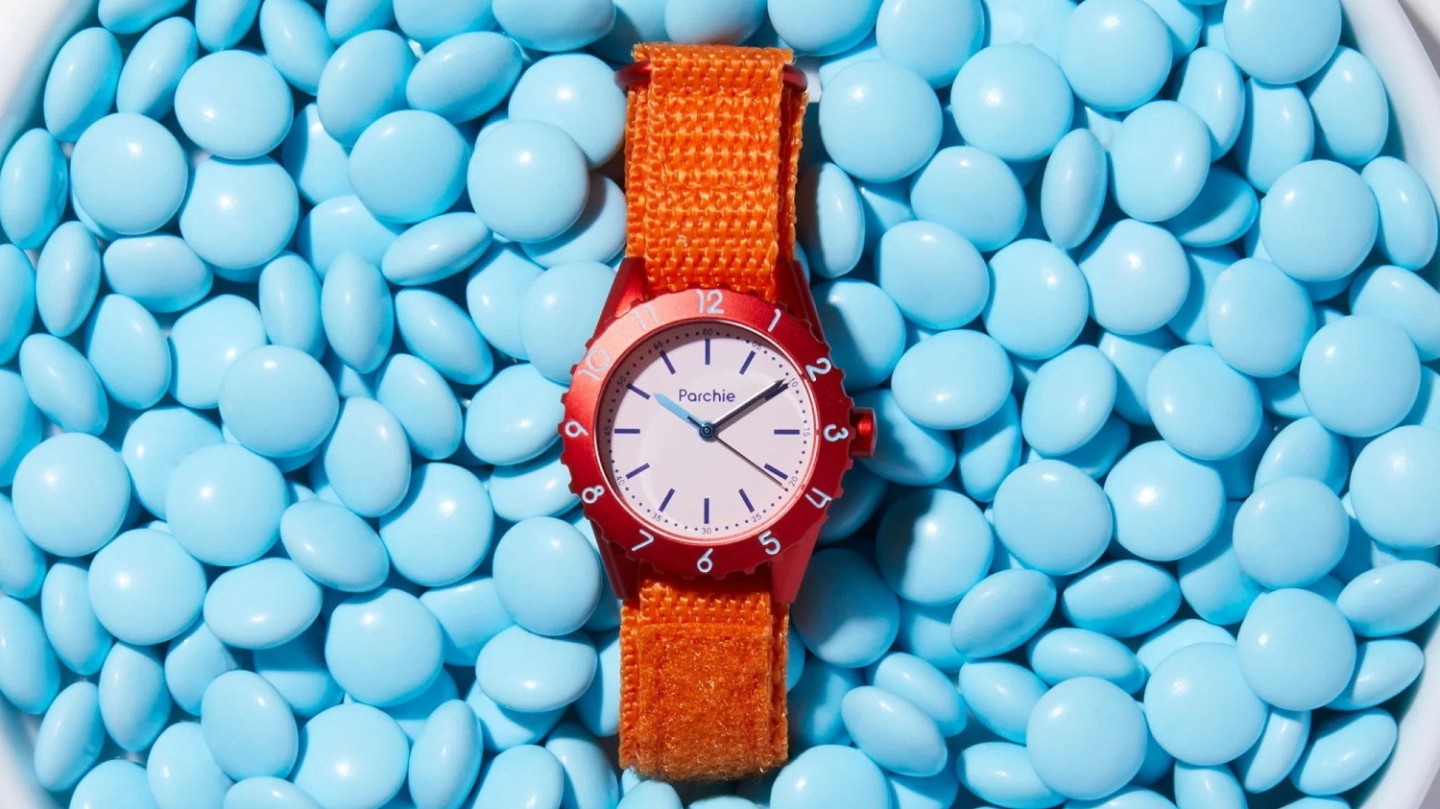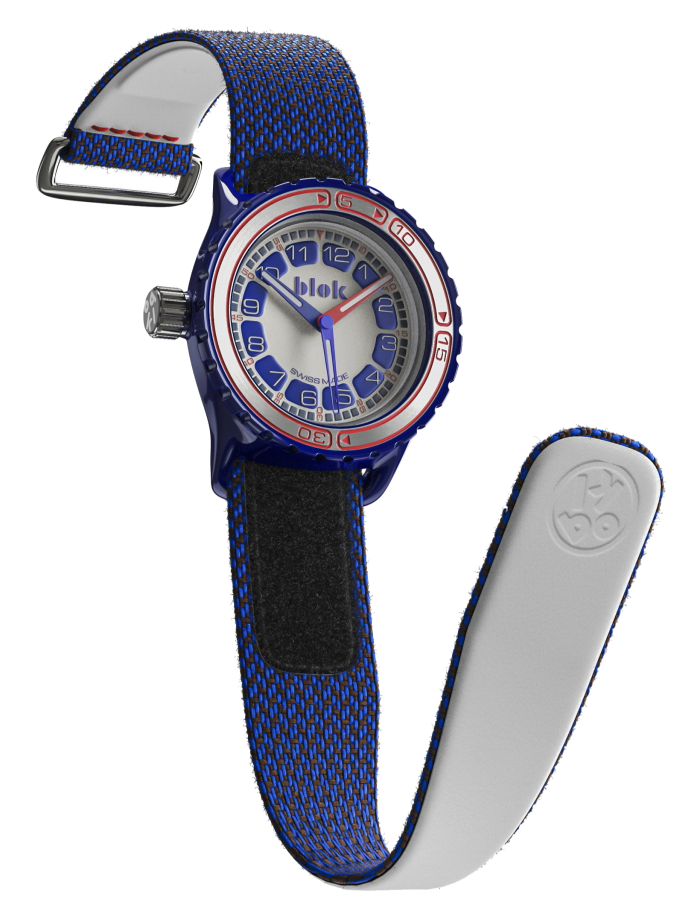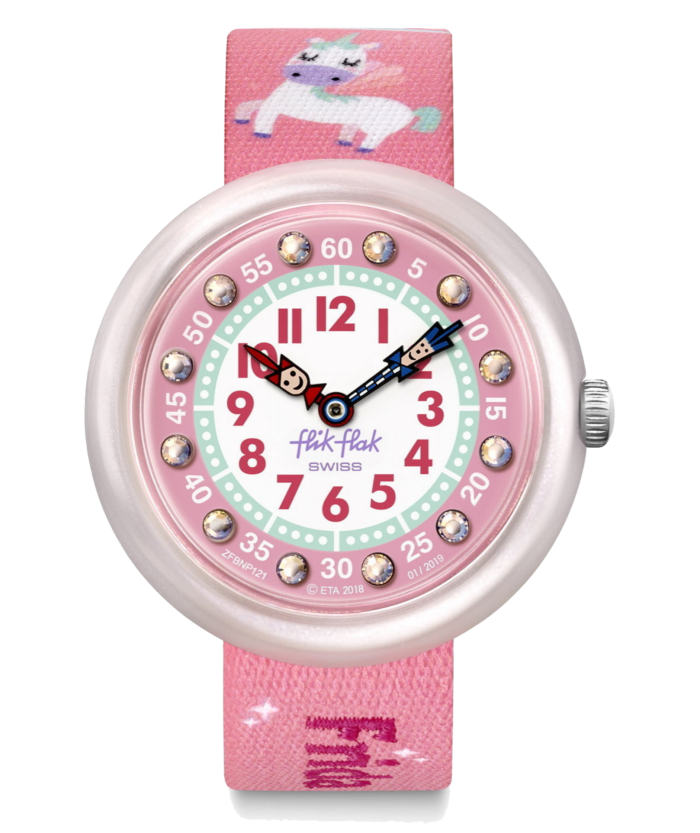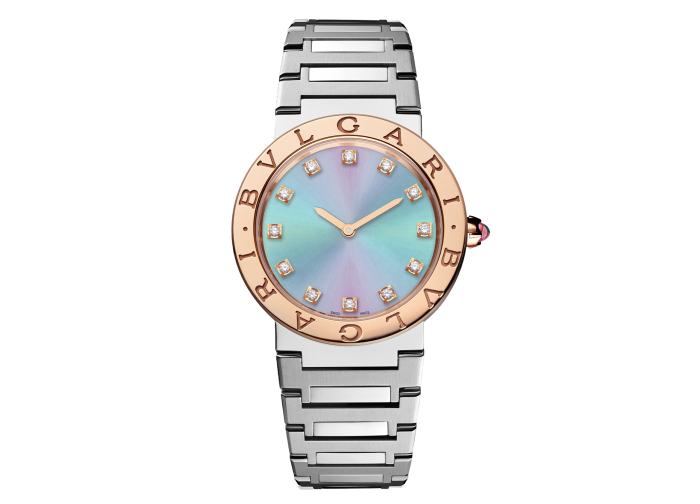No more cartoon time: children’s watches grow up

Roula Khalaf, Editor of the FT, selects her favourite stories in this weekly newsletter.
Despite ageing populations and lower birth rates in the developed world, demand for educationally focused watches for the youngest generation is growing — and both luxury brands and new start-ups are tapping into it.
Parents have long been spoilt for choice in how to spoil their offspring — from Baby Dior to tiny Adidas sneakers, Sophie Bille Brahe’s jewellery line for children and Cartier’s panther-shaped piggy banks. Spending on children’s apparel is predicted to exceed $250bn in 2023 and some luxury retailers reporting double-digit growth in the category. But, when it comes to watches for Generation Alpha (children born since 2010), some buyers have felt the options are limited.
“My wife and I were frustrated at the ‘over-kiddified’ offer — bubble-gum colours, disposable nature, cartoon symbols everywhere and no actual focus on time,” says Neil Ferrier, founder of US industrial design company Discommon. So, in 2019, together with Oliver Fowles and James Walker, Ferrier started Blok, a watch brand for children.
The inaugural Blok 33 collection, launched last year, comprises six models with a 33-millimetre dial surmounted by a scratch-resistant sapphire crystal and a $179 price tag. The straps, made of recycled textile with a leather liner on the skin side, have an adjustable Velcro closure. And, unlike the more playful colours found elsewhere, the brand uses hues that mimic grown-up models, such as a soft cerulean or saturated blue.
“We wanted to build a watch that big brothers and sisters could hand down to their siblings, that could take a real beating,” says Walker.

Blok’s point of difference is in the subtle but substantial design features that help children visualise time. “We are very proud of our reimagining of the rotating bezel, breaking the hour into four blocks of time (5, 10, 15 and 30 minutes), which help kids easily set a visual timer,” says Ferrier. “We applied a similar principle to the dial, moving the hour numbers into their own ‘block’, clearly showing the whole 12 hours, for example, rather than simply a ‘12’ marker point.”
The need for watches that help children read time is often stressed by teachers, who suggest parents buy easily readable wristwatches and simple analogue clocks to have around the house. In addition, analogue timepieces, teachers argue, can help children improve their maths skills.
New York-based Parchie was launched last year by Cara Barrett, who previously worked in Sotheby’s watch department and at watch platform Hodinkee.
Named after Barrett’s imaginary childhood friend, the children’s watch brand was born out of this educational need.
Parchie watches have 32mm aluminium cases and come in pop-bright colours. “The design is based on vintage dive watches, with a twist,” says Barrett. “I took classic elements from watches that I love and made them more colourful and playful. Parchie brings a level of design and colour in the sub-$100 watch category [Parchie watches start at $65] that did not exist before.”
Both Blok and Parchie are mainly direct-to-consumer brands that target parents predominantly via social media. And the market opportunity in children’s watches is material, reckons Oliver Müller, founder of Swiss luxury watch industry consultancy LuxeConsult. However, in the case of Parchie, he questions whether it can deliver greater educational value than Swatch-owned Flik Flak — the market leader in children’s watches.

Elisabeth Siegmann, head of Flik Flak International, says that “teaching kids all over the world to tell the time on an analogue watch has always been, and remains, the brand’s mission”. All Flik Flak watches come with a free “tell the time” kit and app.
They have another competitive advantage: in contrast to the direct-to-consumer start-ups, Flik Flak is able to feature its products inside Swatch stores and offer personalisation services.

But the growth potential of children’s watches goes beyond educational needs. The latest global luxury report by consultants Bain & Company predicts that Gen Alpha will be buying luxury products by the time they turn 15. Müller sees today’s children understanding the value of a brand at an even younger age.
This notion is not lost on heritage luxury houses. “Our youngest customers are under 20 years old and, yes, some buyers are actually parents who want to make a gift for their children,” says Antoine Pin, managing director of Bulgari’s watch division. Earlier this year, Bulgari released its limited-edition Bulgari Bulgari x Lisa watch, designed in collaboration with Lalisa Manobal, the singer Lisa in K-pop band Blackpink, which has a global teenage fan base.
Made of steel with a colour-changing 23mm dial featuring a gold bezel and diamond indices, the £5,450 watch is intended to appeal to a broad audience — “mostly women of a large age bracket, from 15 to 45 years old”, says Pin. Hopefully, the kids won’t mind sharing their watches.
Comments